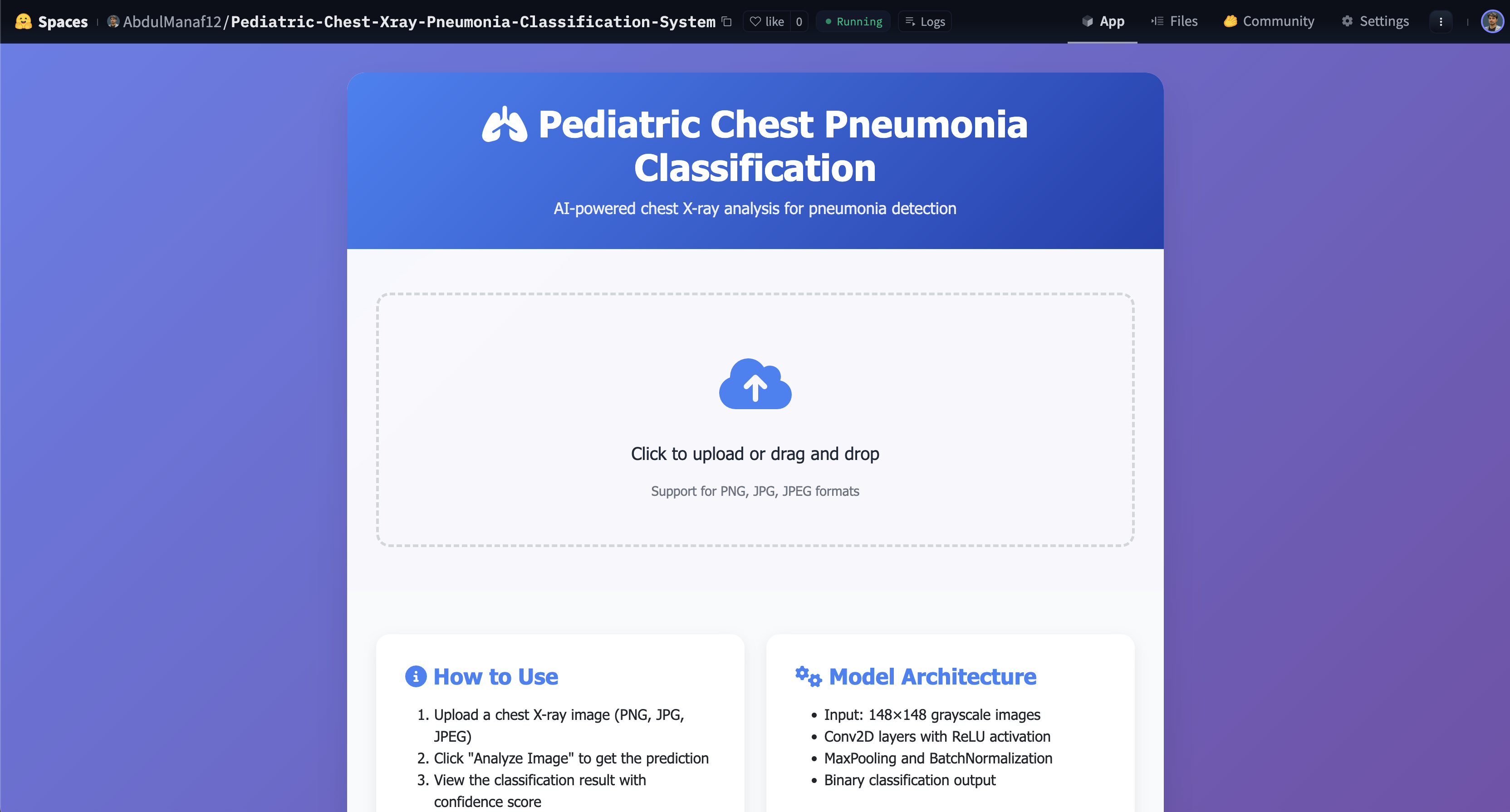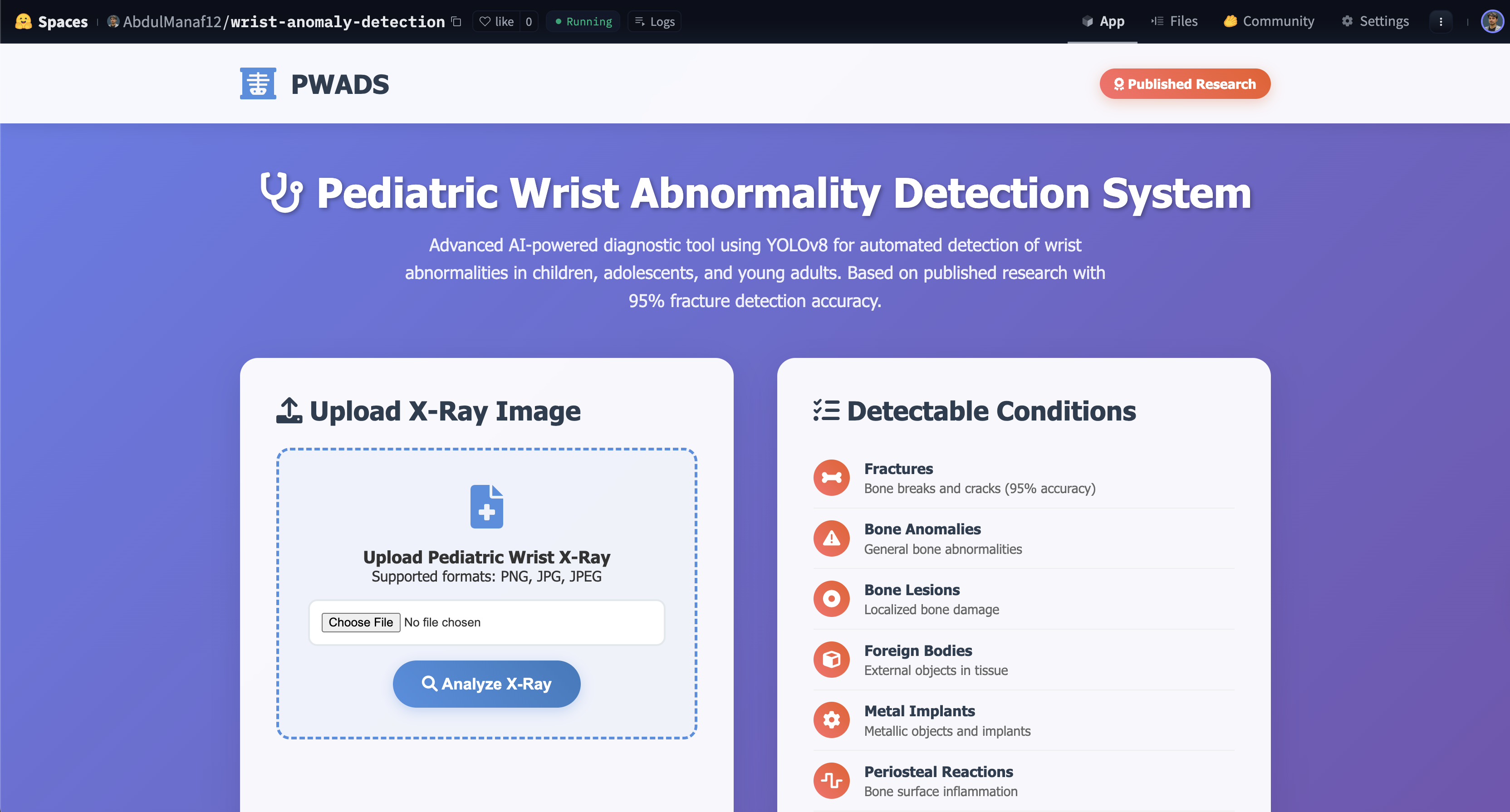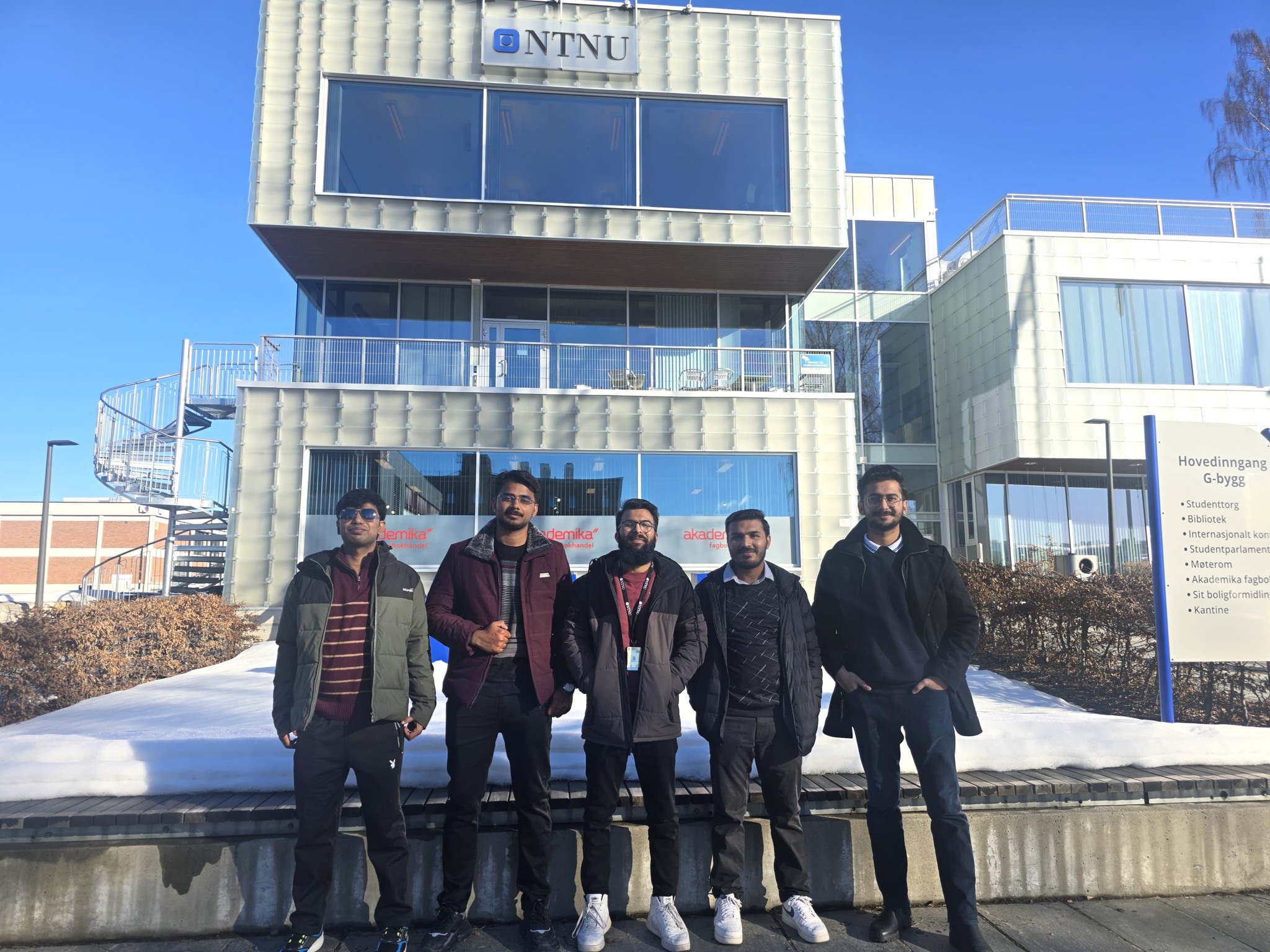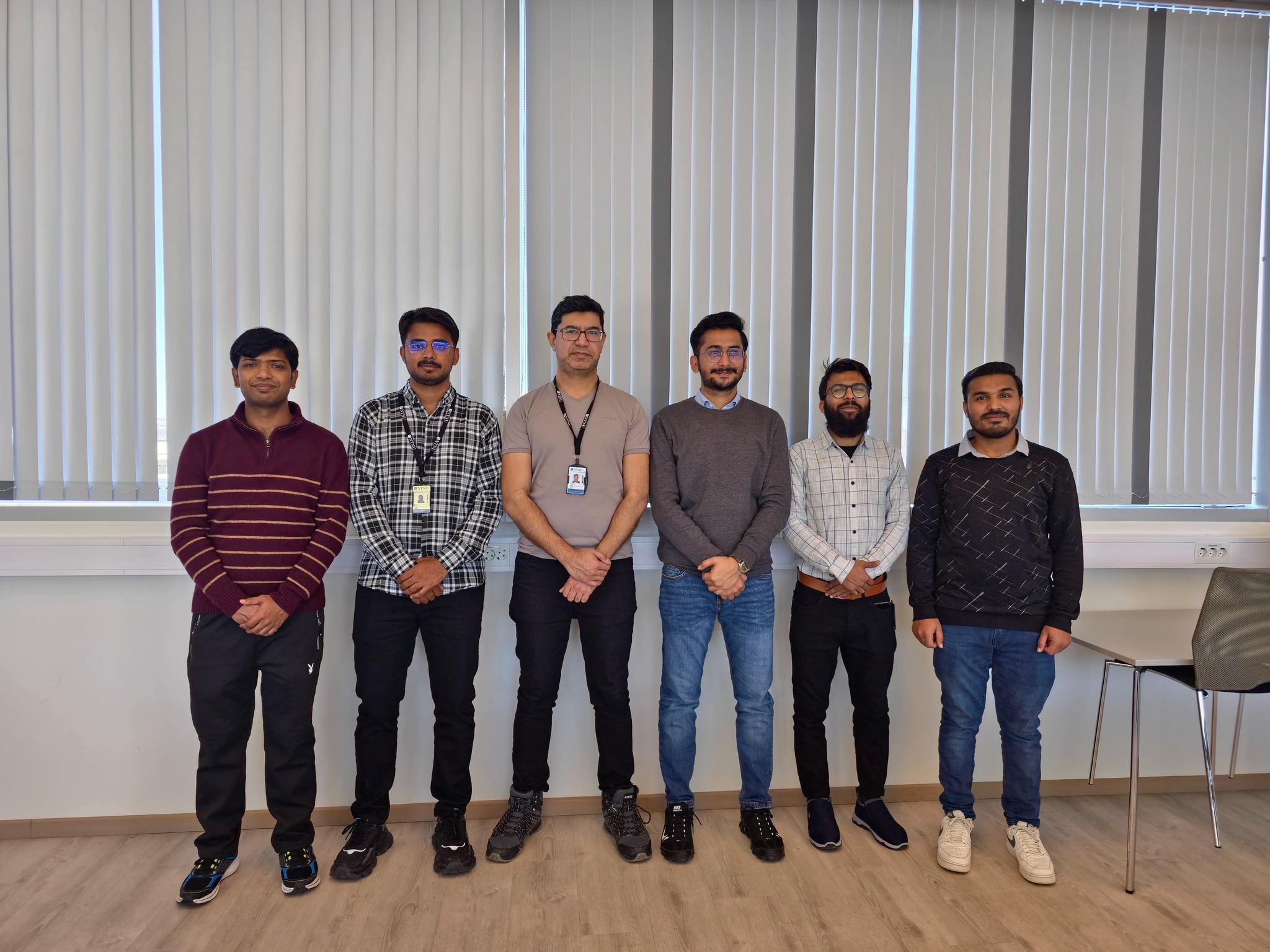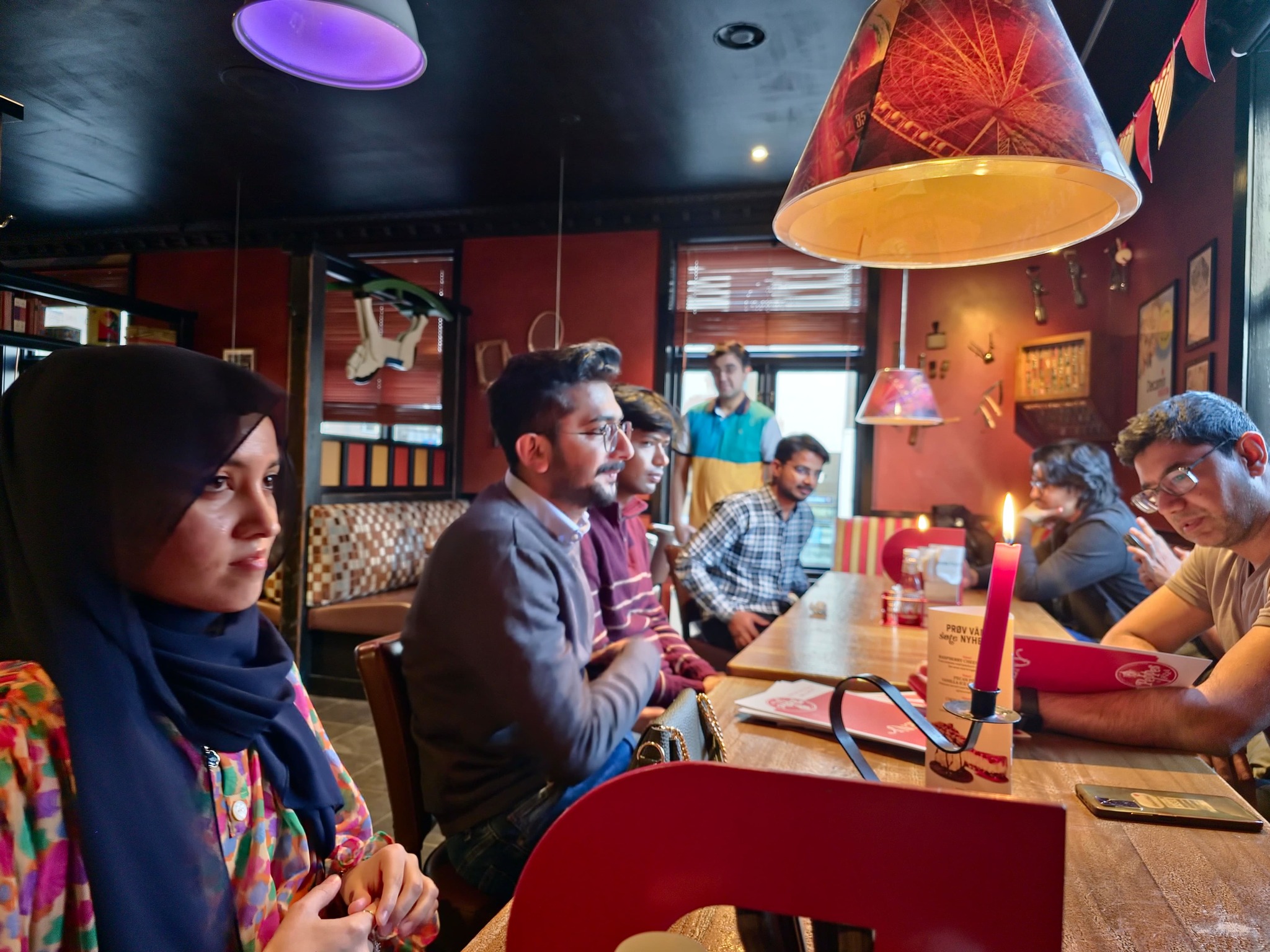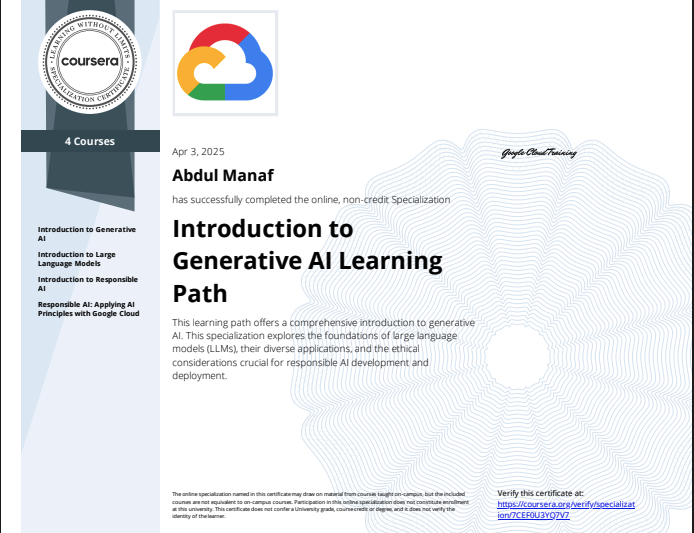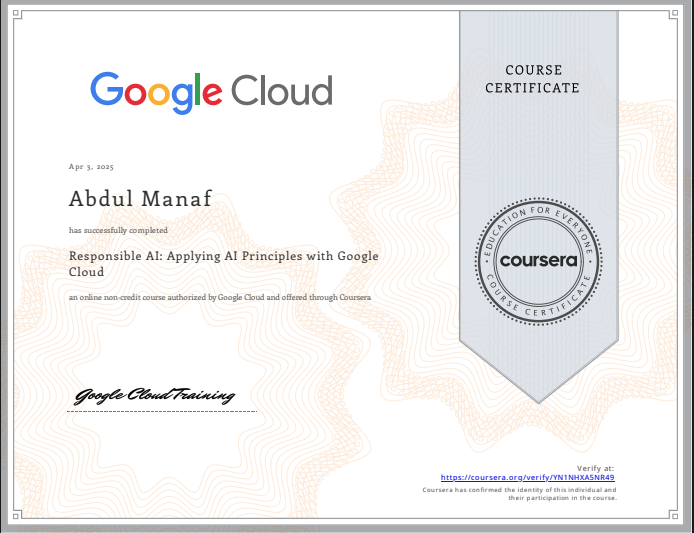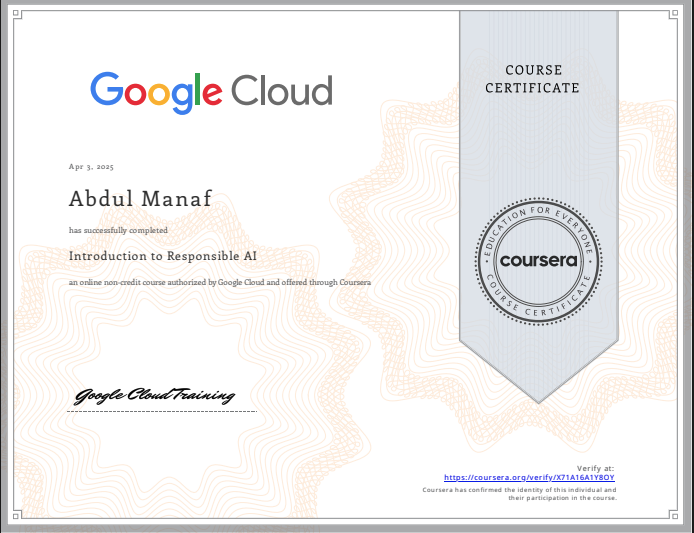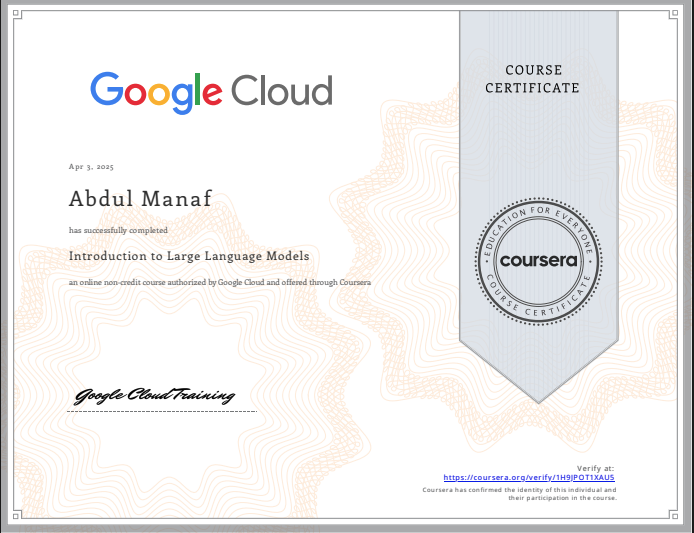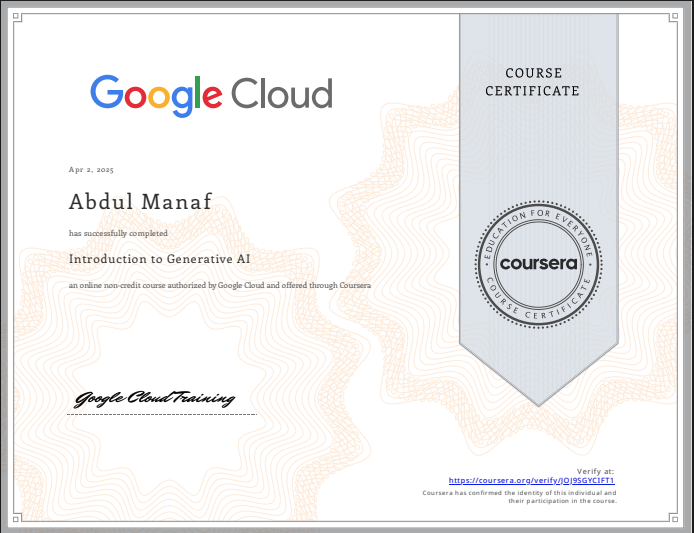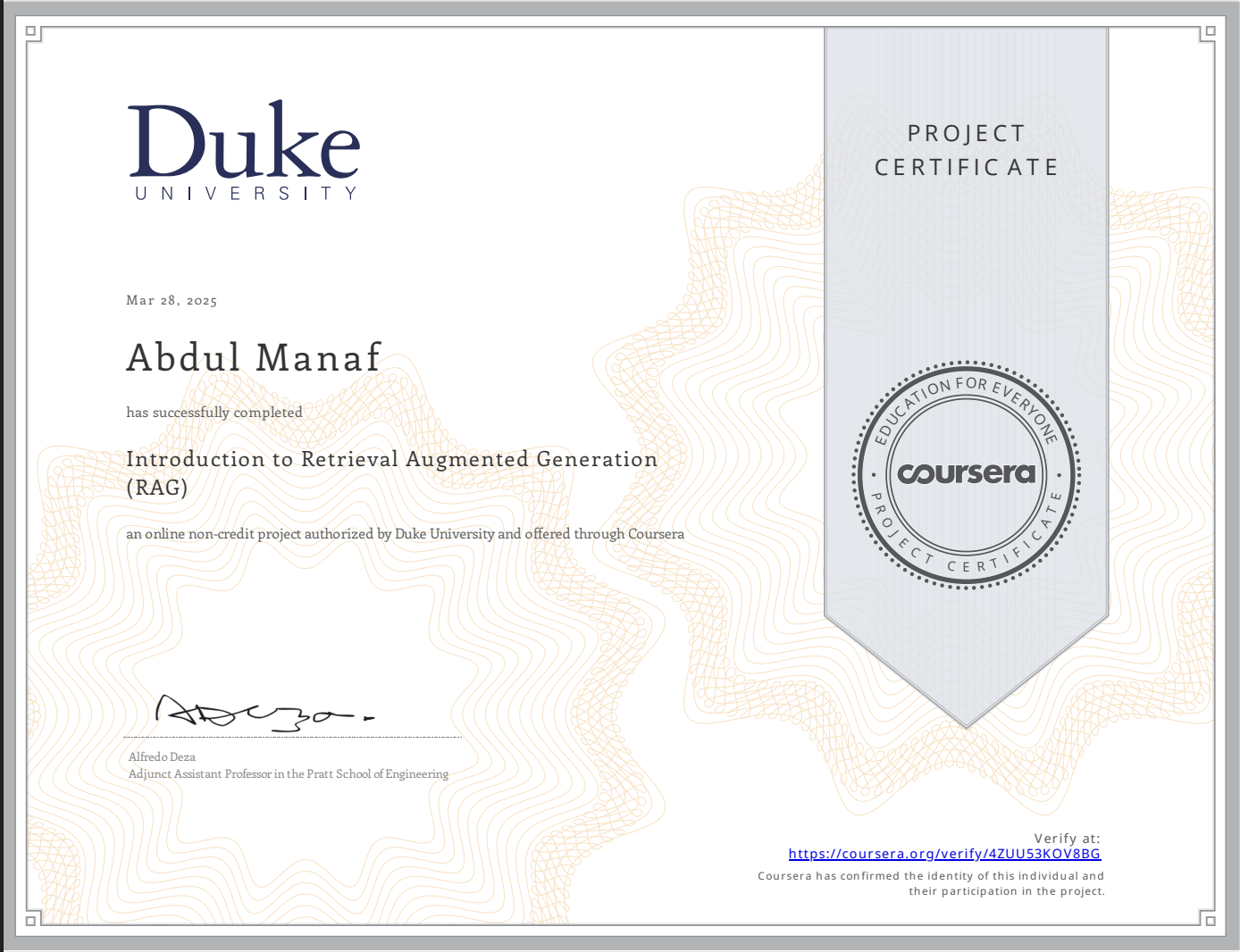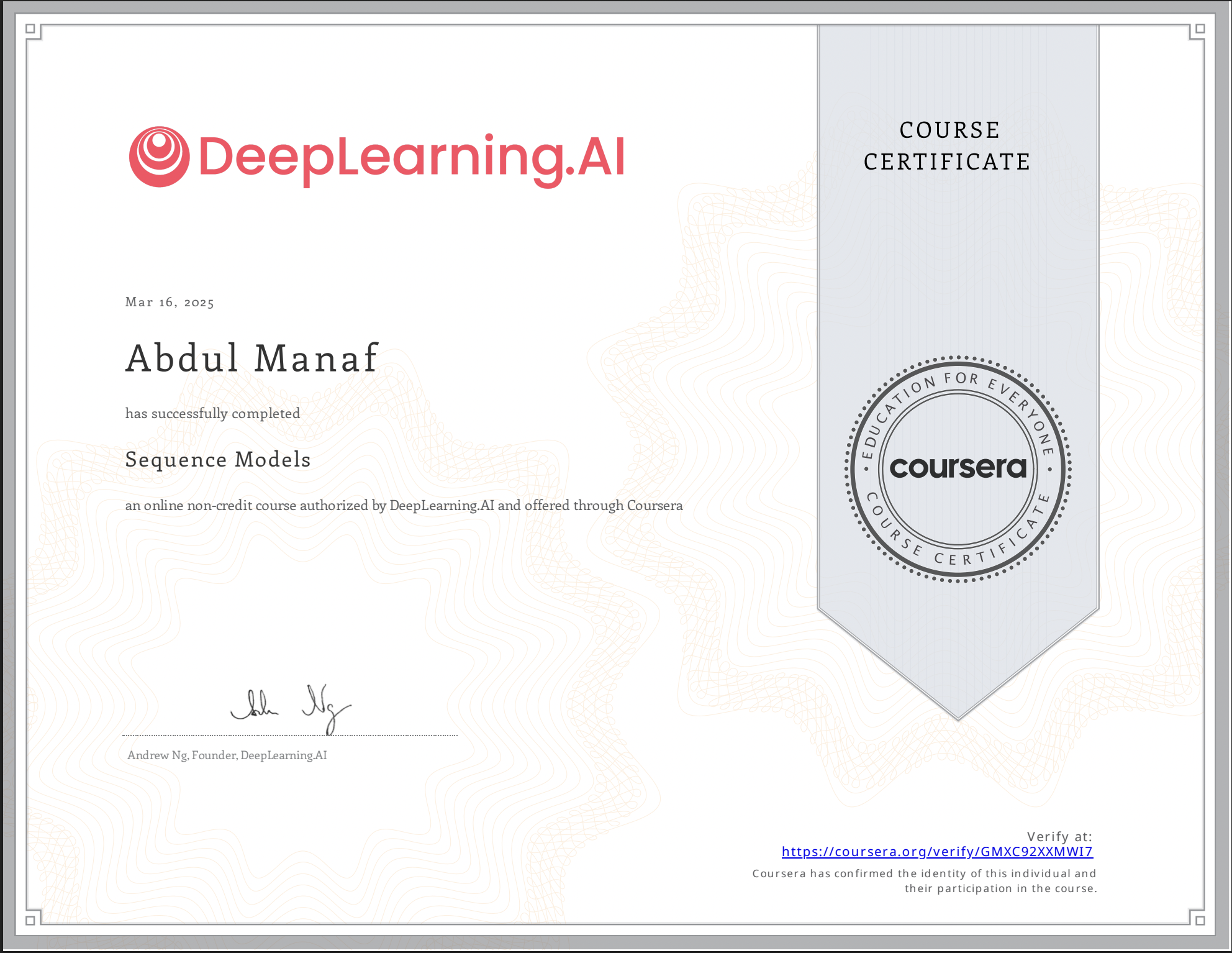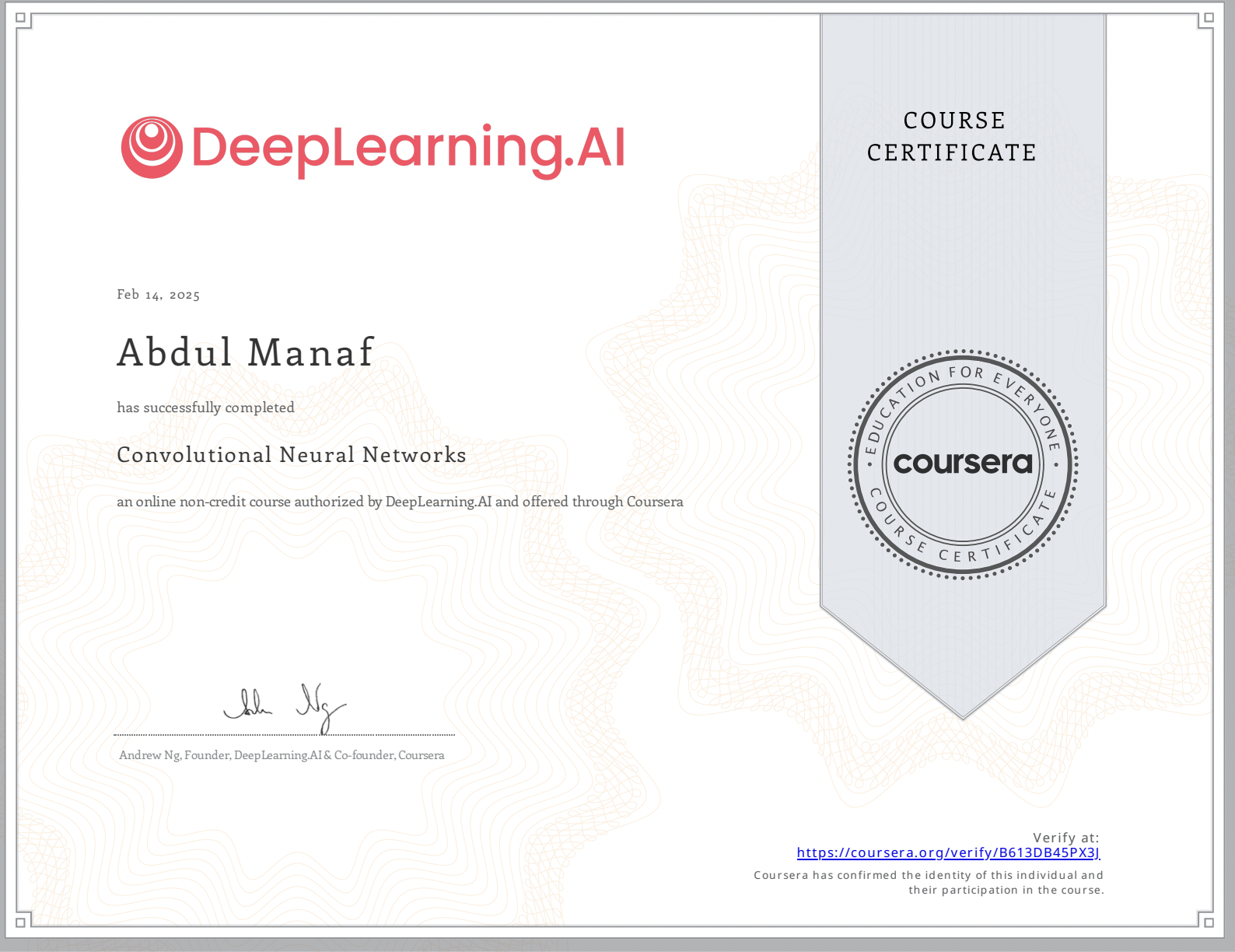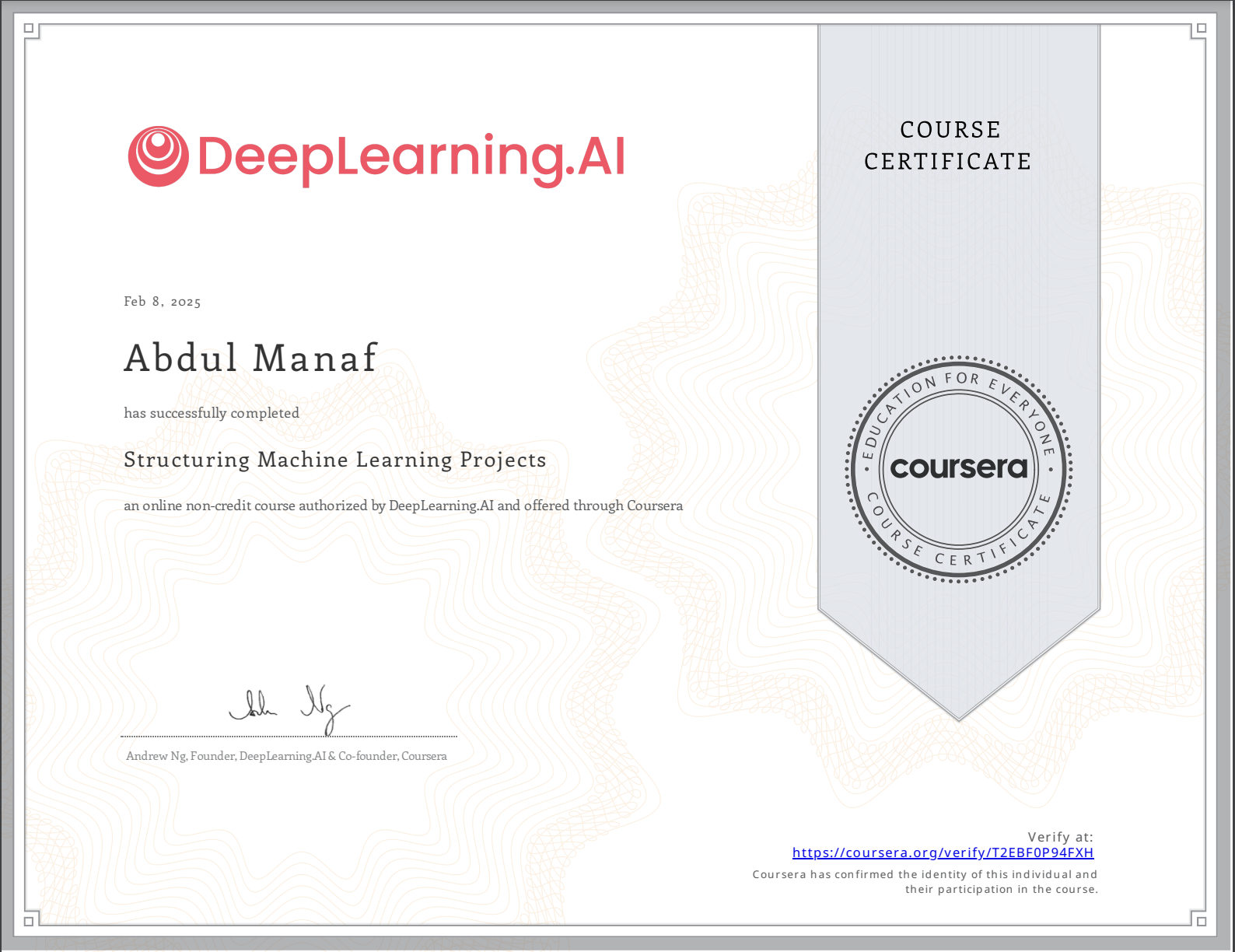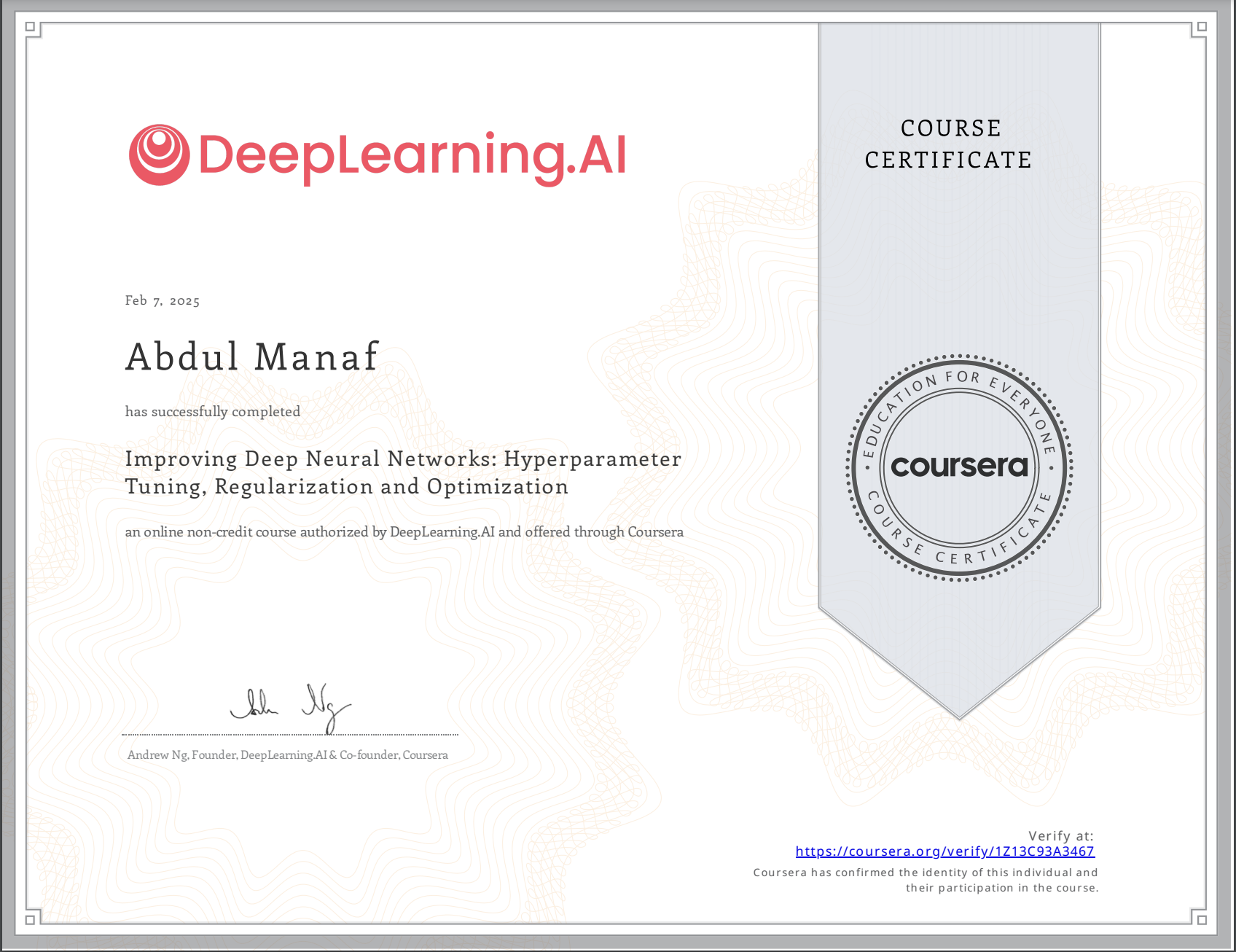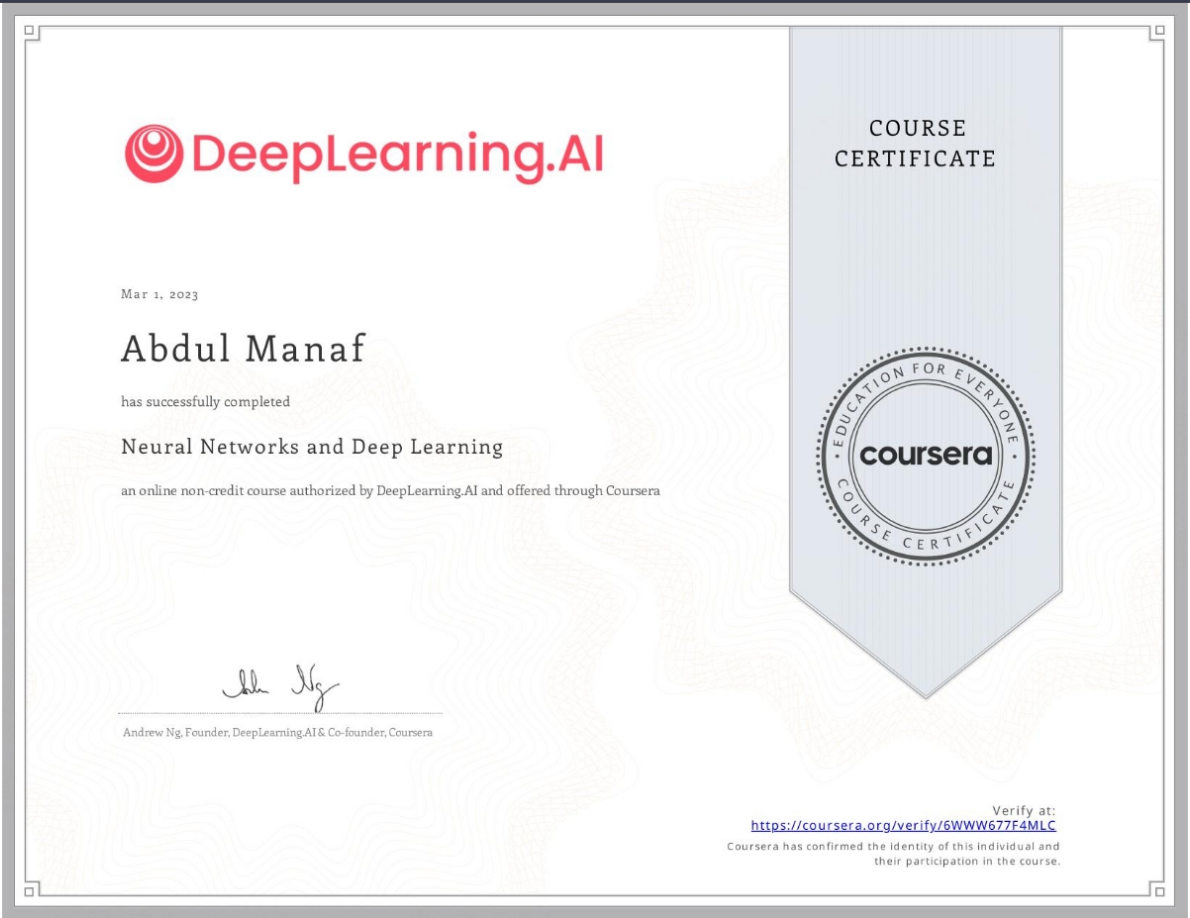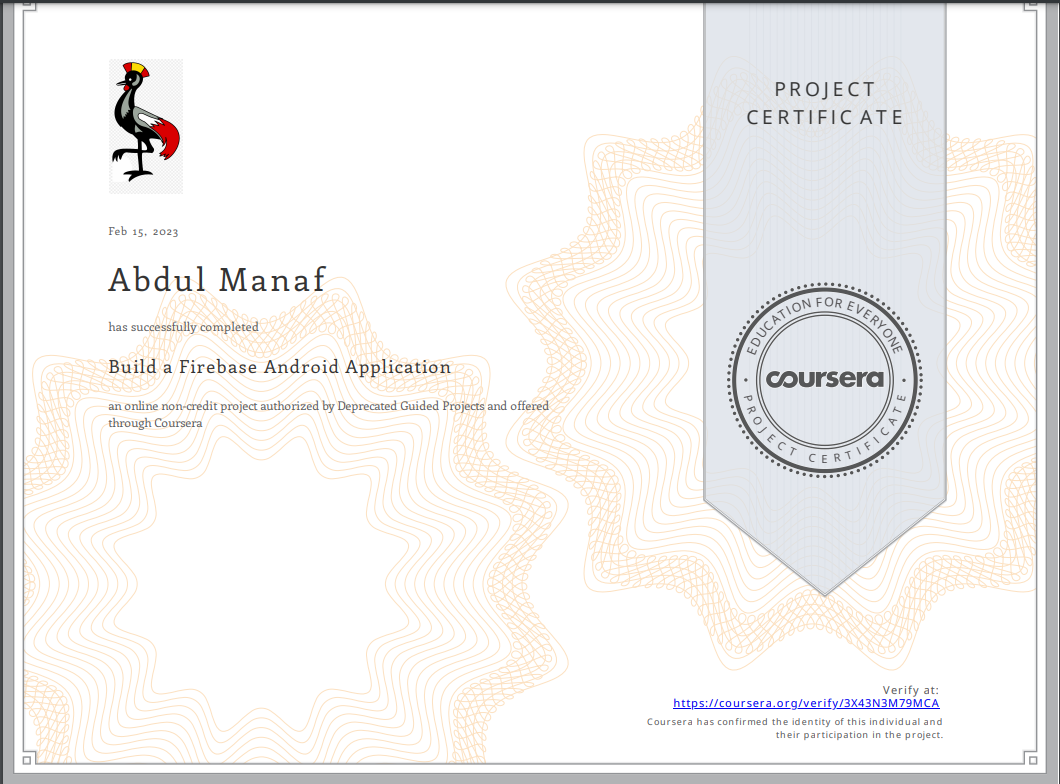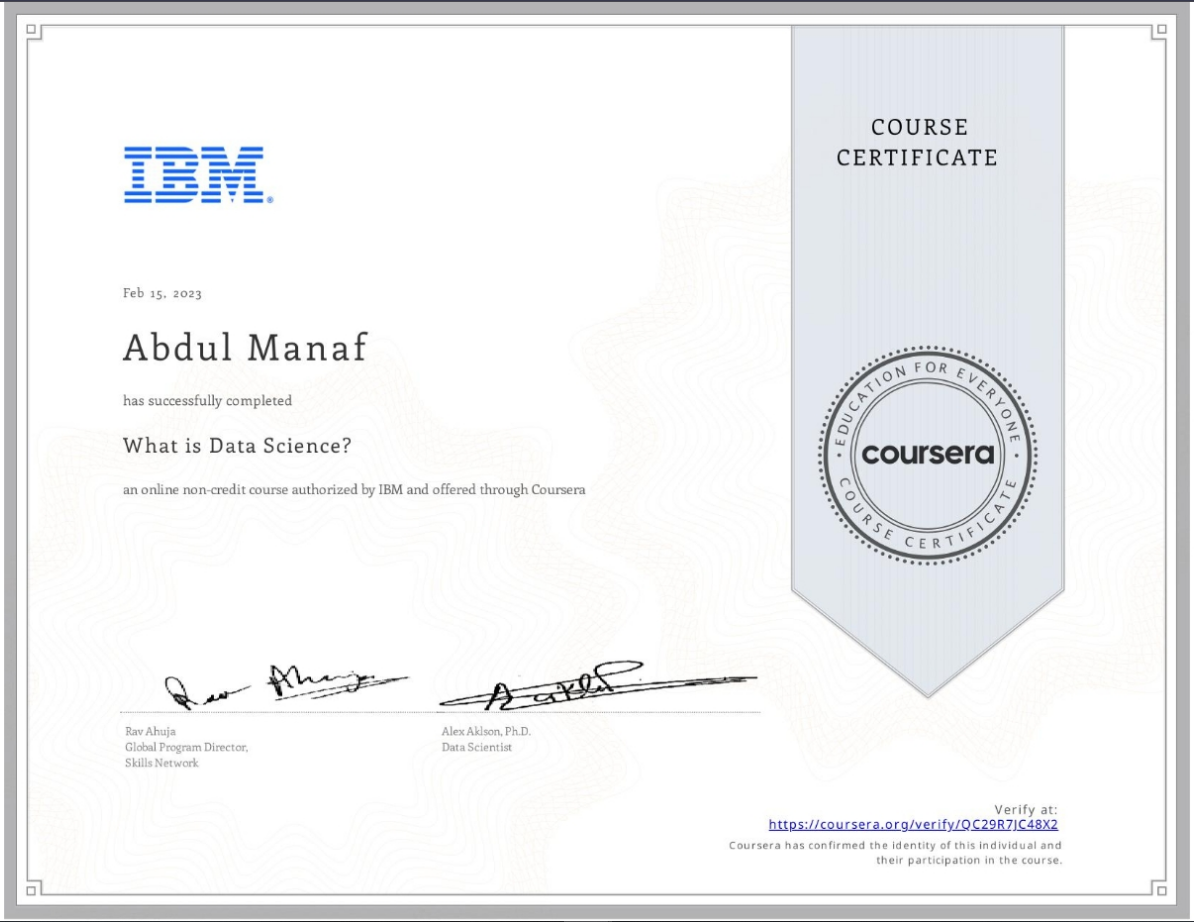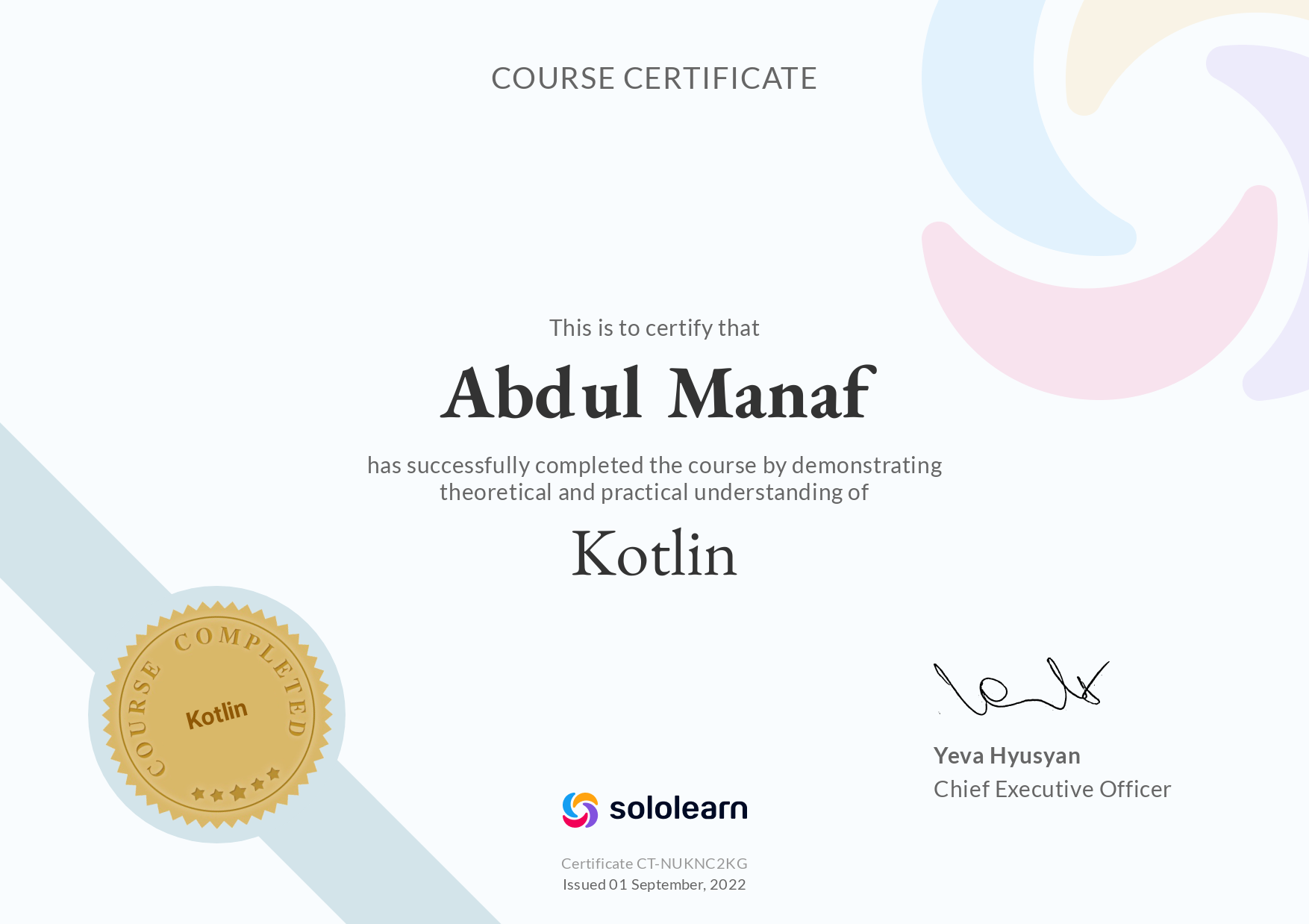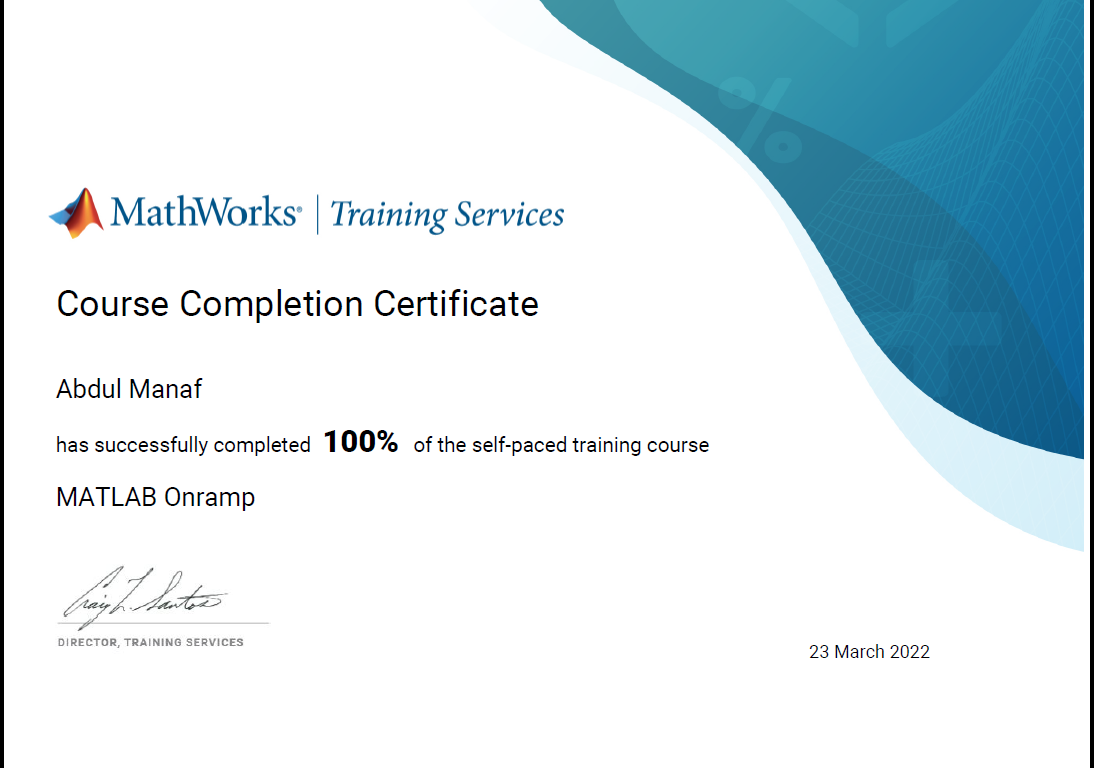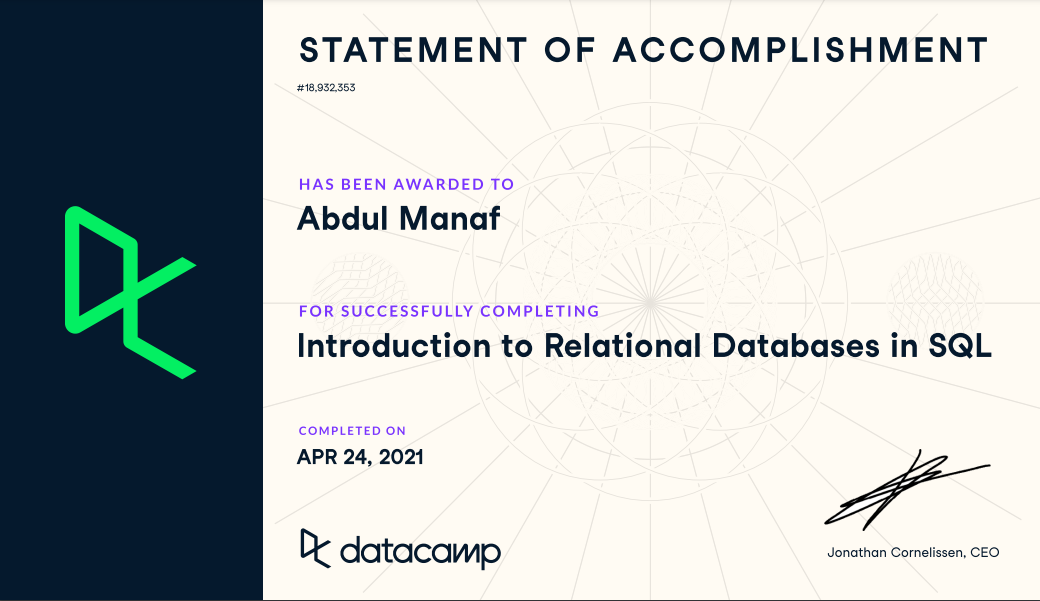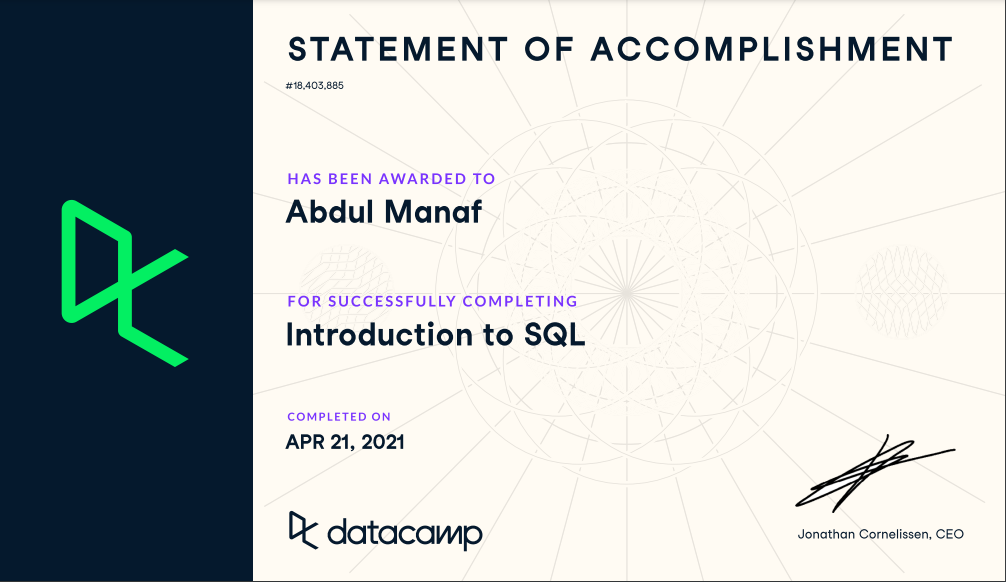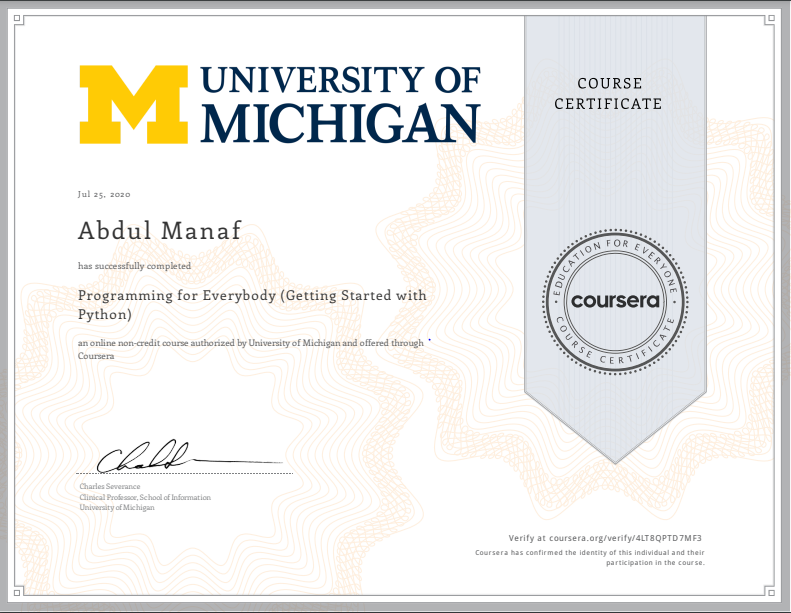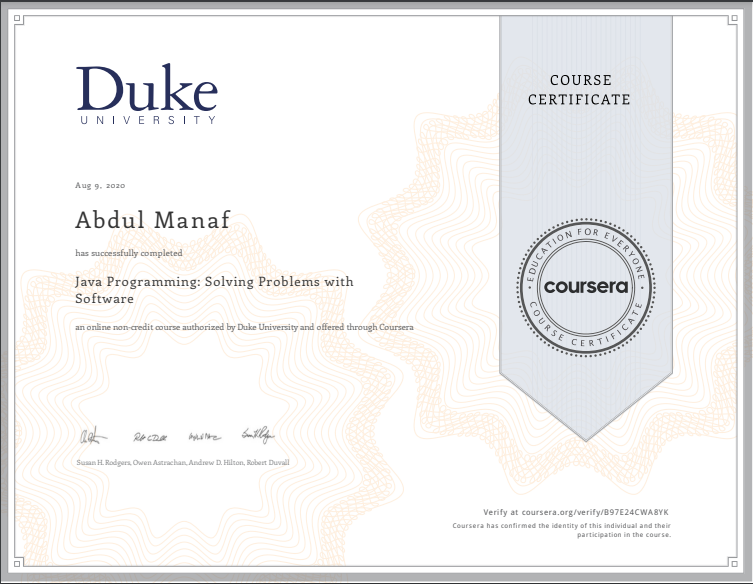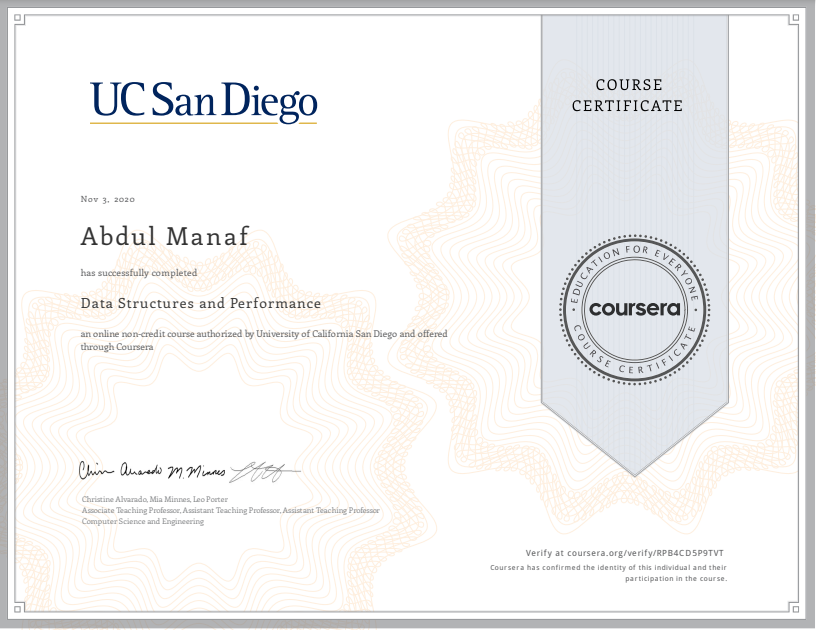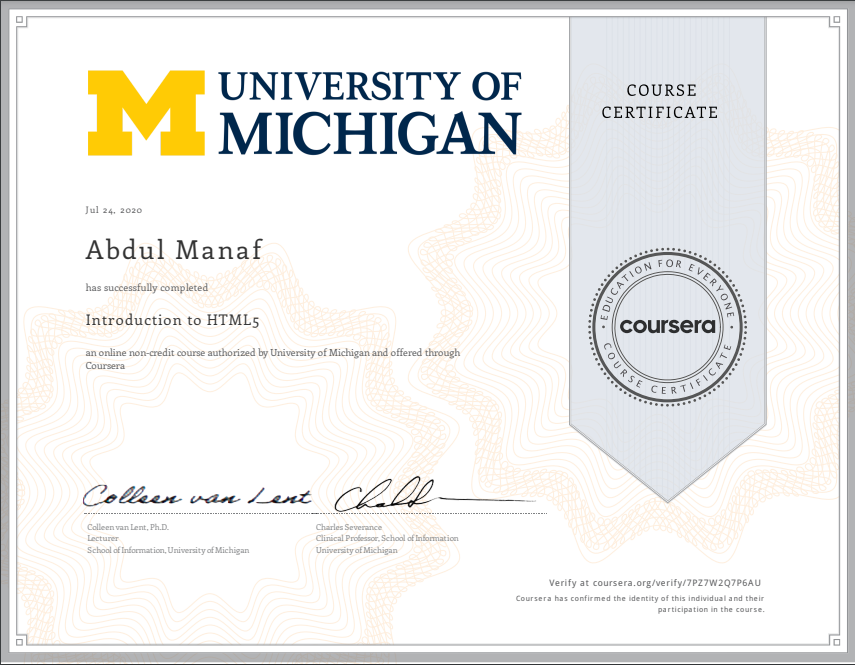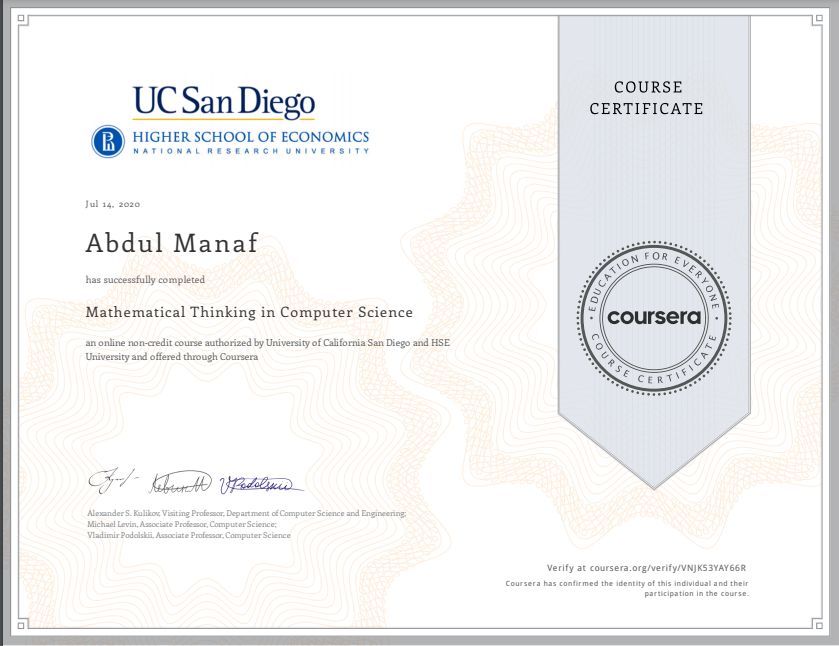Thrilled to Begin My Fully Funded Research Exchange at NTNU, Norway! 🚀🌍
I'm incredibly excited to announce that I've been selected as a Research Fellow at the Norwegian University of Science and Technology (NTNU) in Gjøvik, Norway, as part of the NORPART-CONNECT Project! 🙌
During this four-month exchange program, I'll be diving deep into cutting-edge research in Artificial Intelligence (AI), Machine Learning (ML), Deep Learning (DL), and Large Language Models (LLMs). My focus will span multiple fields, including education, medical imaging, and environmental applications, to harness AI to solve real-world challenges. 📚💡
🤝 Collaborating with Leading Experts
This opportunity will allow me to collaborate with top-tier researchers, immerse myself in cutting-edge AI methodologies, and contribute to impactful projects that connect technology and education. I am eager to contribute to developing AI-powered educational tools and foster global research collaborations that make a difference! 🌐✨
Thank you to Sukkur IBA University and the Norwegian University of Science and Technology (NTNU) for this incredible opportunity. I'm deeply grateful for the unwavering support, guidance, and mentorship from my professors, supervisors, and supporters: Sher Muhammad Daudpota, Ali Shariq Imran, and Ghulam Mujtaba Shaikh, whose trust and guidance have been instrumental in getting me to this point. 🙏💙
Here's to an exciting journey of learning, networking, and contributing to the future of AI in education! 🎓🤖

